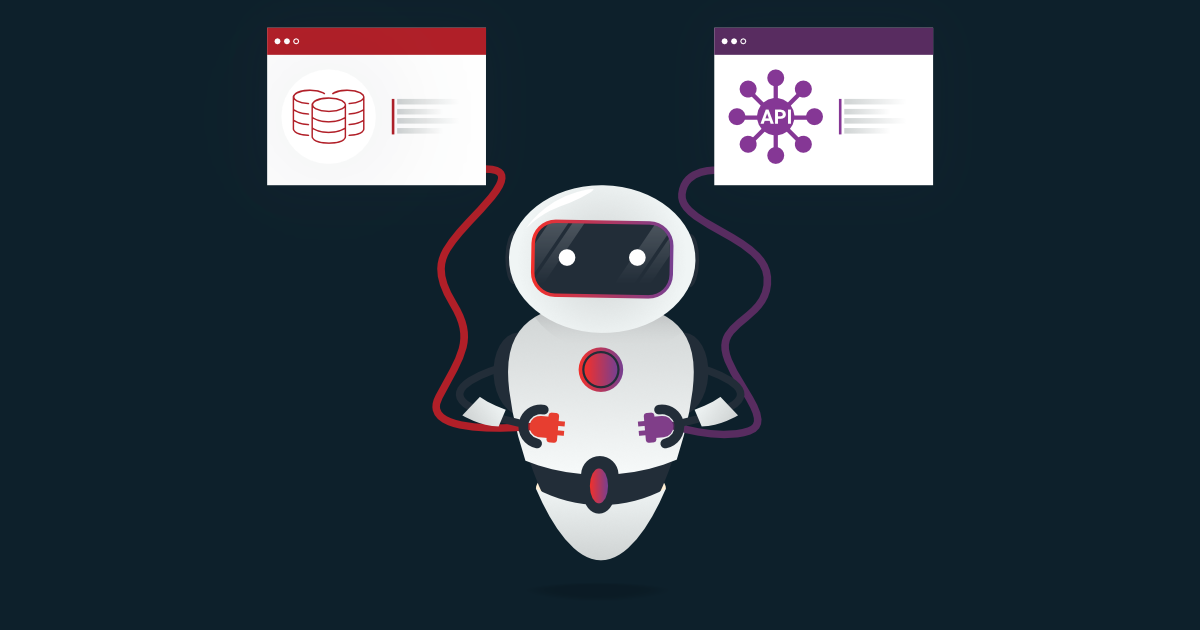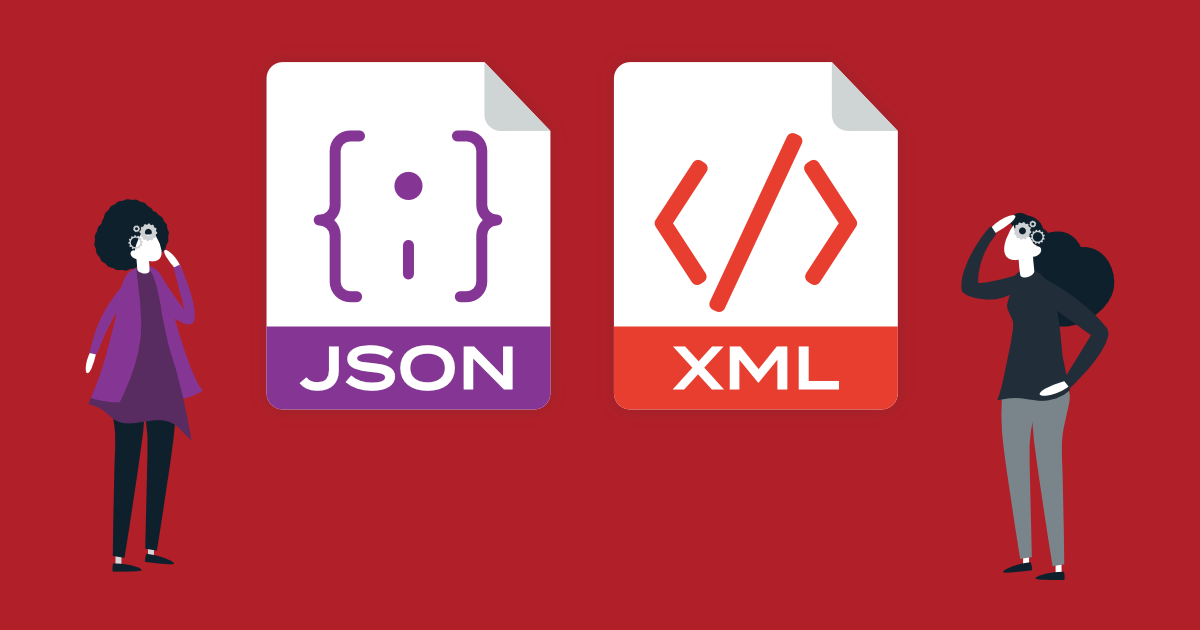The post will provide a comprehensive guide to understanding the key principles and best practices for optimizing the performance of APIs. The goal is to help developers, technical managers, and business owners understand the importance of API performance optimization and how they can improve the speed, scalability, and reliability of their APIs.
What is API performance optimization?
API performance optimization is the process of improving the speed, scalability, and reliability of APIs. It involves a combination of techniques and best practices aimed at reducing latency, improving user experience, and increasing the overall efficiency of the system.
APIs are an essential component of modern technology and are used to exchange data and perform specific tasks between different systems and applications. They play a critical role in the functionality and user experience of a system, making it important to ensure that they perform optimally. Any performance issues with APIs can result in slow response times, errors, and reduced overall efficiency, impacting the user experience and potentially leading to a loss of revenue.
For these reasons, it is crucial to optimize the performance of APIs. By doing so, you can reduce latency, improve user experience, and increase the overall efficiency of your system. This, in turn, can lead to increased customer satisfaction, better user engagement, and higher profits for your business.
In short, API performance optimization is important because it helps ensure that APIs perform optimally, providing fast and reliable service, improving user experience, and ultimately contributing to the success of the overall system.
Principles of API performance optimization
By following the following five principles, you can ensure that your APIs perform optimally, providing fast and reliable service, improving user experience, and contributing to the success of your system.
- Minimize Latency: Latency refers to the amount of time it takes for an API to respond to a request. Minimizing latency is critical for API performance optimization, as it directly impacts the speed and responsiveness of the system. To minimize latency, you can use techniques such as caching, load balancing, and reducing the number of network round trips.
- Scale Efficiently: Scalability refers to the ability of an API to handle increasing amounts of traffic and workload. To ensure that your API can scale efficiently, you need to design it in a way that allows it to handle a large number of requests without sacrificing performance. This can be achieved by using techniques such as horizontal scaling, using efficient data structures, and optimizing database queries.
- Use Caching Strategically: Caching is a technique that stores frequently used data in memory, allowing the API to quickly retrieve it without having to perform a slower disk access or network request. By using caching strategically, you can significantly improve API performance and reduce latency.
- Optimize Resource Utilization: API performance optimization also involves ensuring that the resources used by the API, such as CPU, memory, and network bandwidth, are used efficiently. To optimize resource utilization, you can use techniques such as load balancing, connection pooling, and connection reuse.
- Monitor and Optimize Continuously: API performance optimization is not a one-time process, but an ongoing effort. To ensure that your APIs continue to perform optimally, it is important to monitor their performance regularly and optimize continuously. This can be achieved by using monitoring tools and regularly reviewing performance metrics such as response time, error rate, and resource utilization.
Best practices for API performance optimization
By following the following best practices, you can improve the performance of your APIs, providing fast and reliable service, improving user experience, and contributing to the success of your system.
- Use efficient data structures: To optimize the performance of your APIs, it is important to use efficient data structures such as dictionaries, hash tables, and trees. This will help to reduce the amount of time it takes to search, sort, and manipulate data, which can significantly improve the performance of your API.
- Optimize database queries: Database queries can have a significant impact on API performance, especially when dealing with large amounts of data. To optimize database queries, it is important to use indexing, caching, and pagination, and to avoid expensive operations such as sub-queries and full table scans.
- Use caching effectively: As mentioned, caching is a powerful technique for reducing latency and improving API performance. To use caching effectively, it is important to choose the right type of cache for your use case, such as in-memory caching, distributed caching, or client-side caching. It is also important to set appropriate cache expiration times and to invalidate cached data when necessary.
- Minimize network round trips: Network round trips can add significant latency to API requests. To minimize network round trips, it is important to use techniques such as batch processing, asynchronous processing, and compressed data transfer.
- Monitor performance regularly: Regular monitoring is essential for maintaining the performance of your APIs. By monitoring performance regularly, you can detect performance bottlenecks and make improvements to your APIs before they have a significant impact on the user experience. To monitor performance effectively, you can use tools such as application performance management (APM) tools, log analysis tools, and synthetic monitoring tools.
Don’t sacrifice API performance when designing your next API
API performance optimization is a crucial aspect of building and maintaining successful systems. By following the principles and best practices outlined in this post, you can ensure that your APIs are fast, reliable, and scalable, providing an excellent user experience and contributing to the success of your system. However, it's important to note that API performance optimization is not a one-time process, but an ongoing effort that requires continuous monitoring and improvement. By staying informed and proactive, you can ensure that your APIs continue to perform at their best and provide value to your users.





